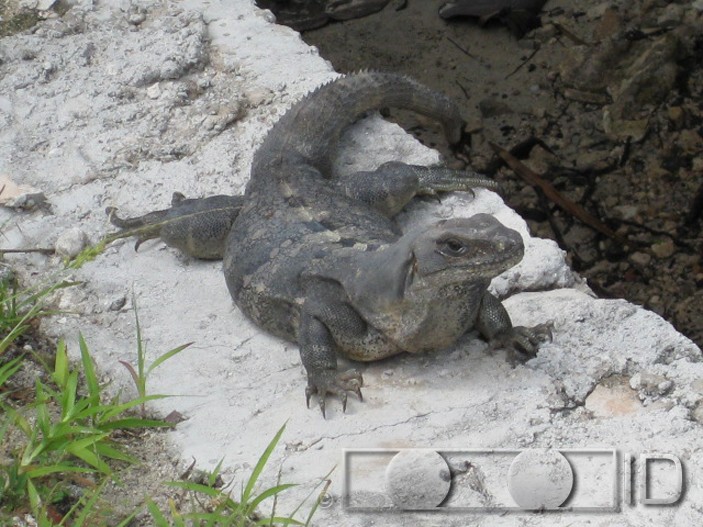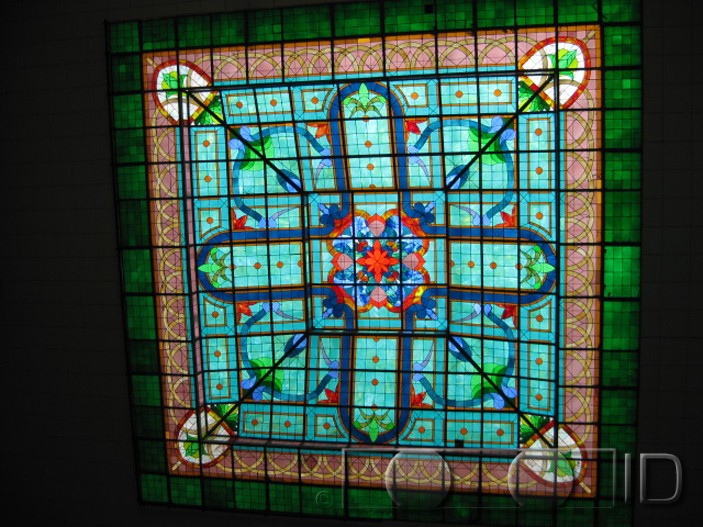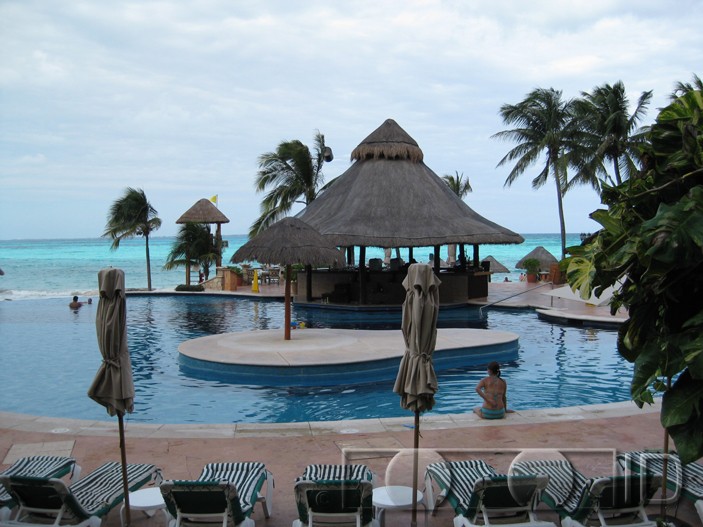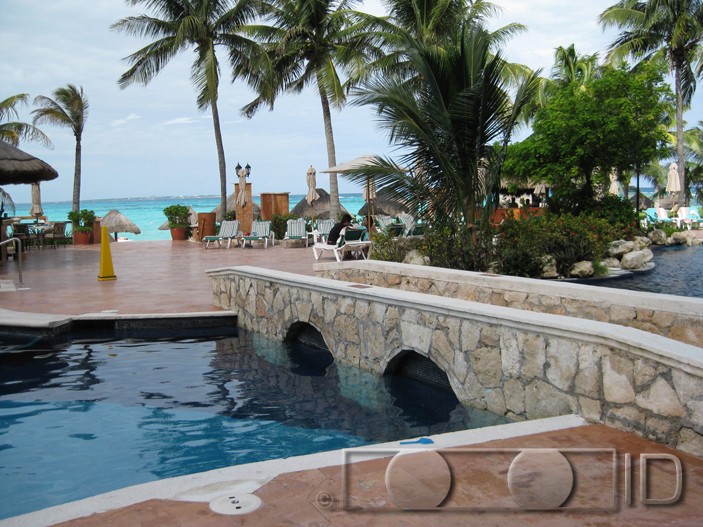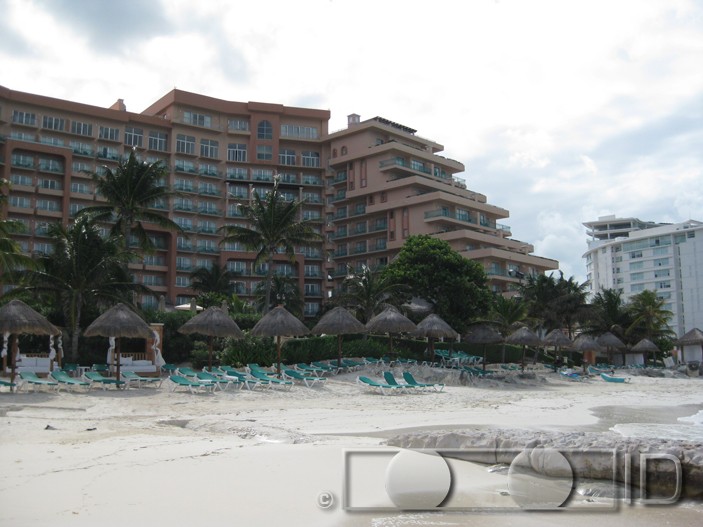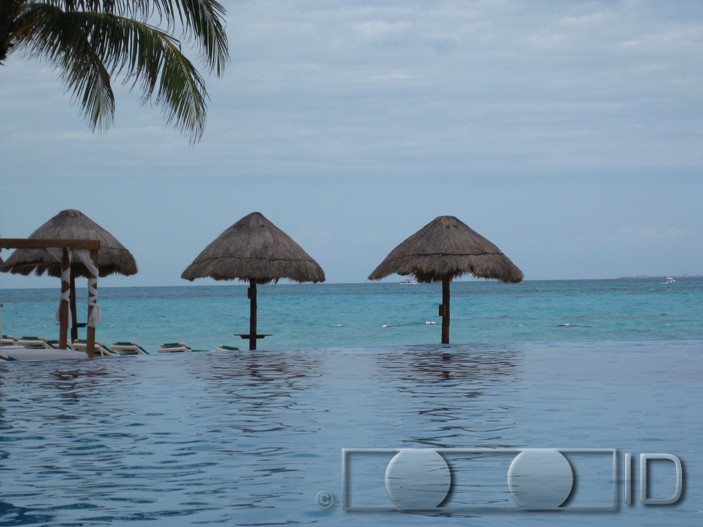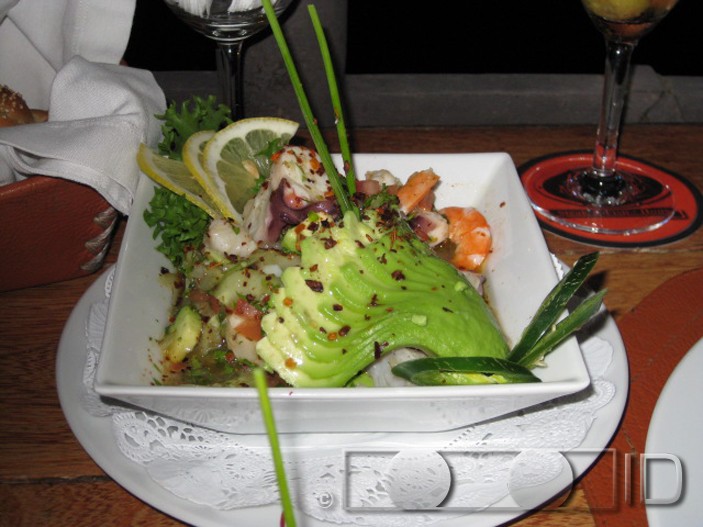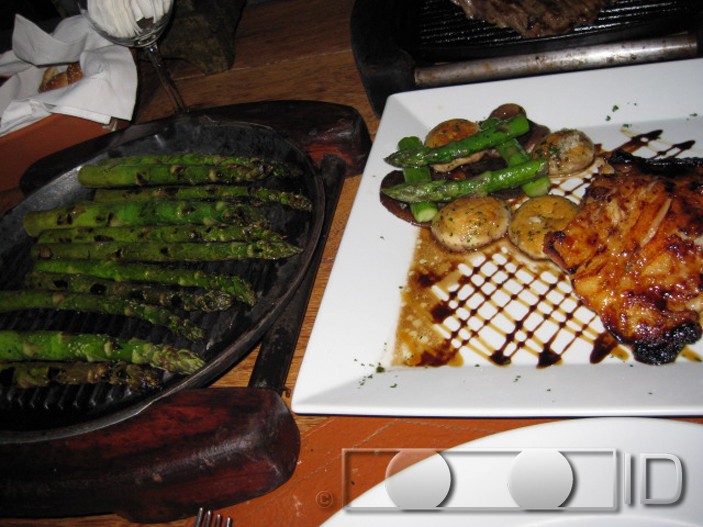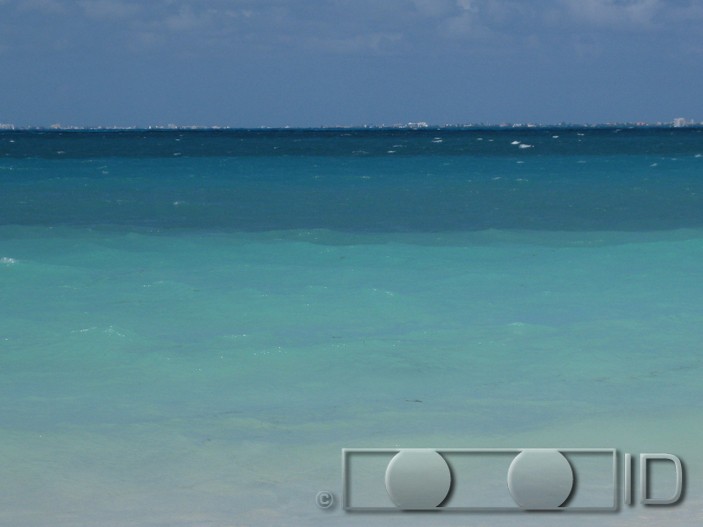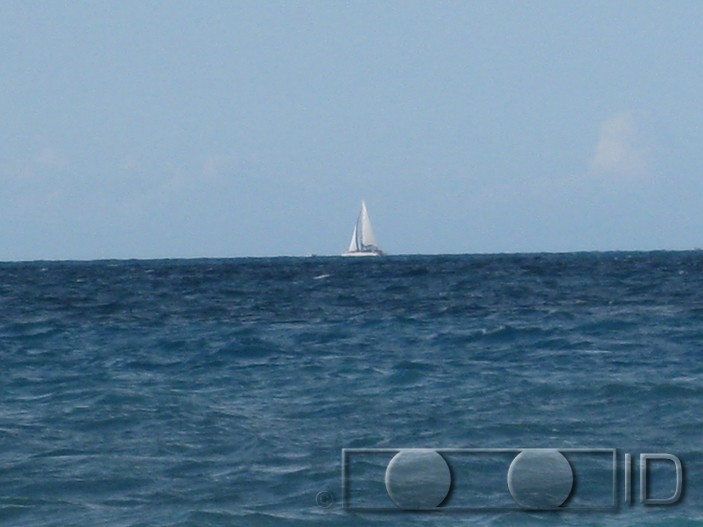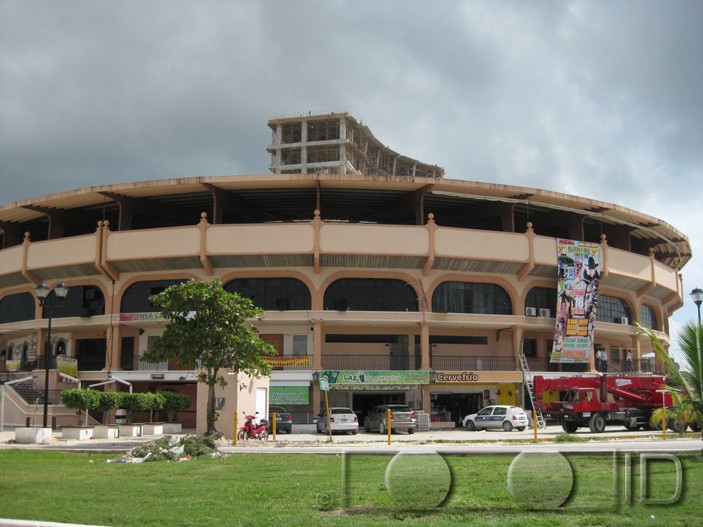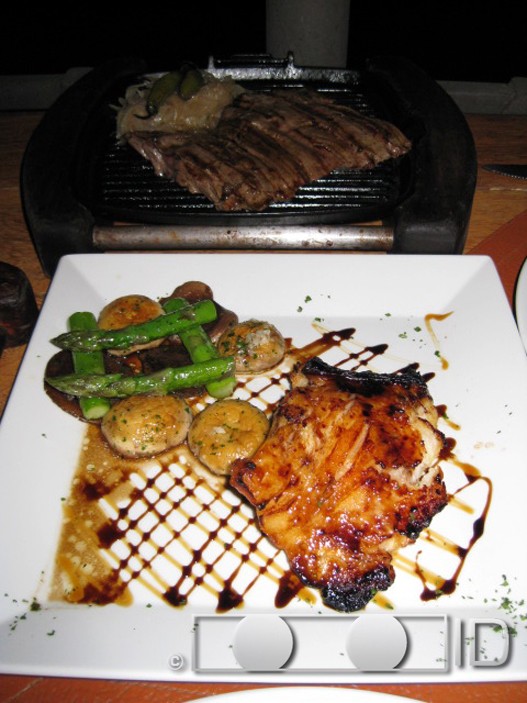IDelsalvador: Keeping the Peace Among the Gangs
A few years ago, I read about a girl that I knew from high school who went to meet some friends at a hotel room in our middle-class suburb of Washington, D.C. Hours later, she was dead and dumped in a forest two hours away, a victim of the most violent, intimidating gang around: MS-13.
Mara Salvatrucha-13, or MS-13 for short, is a gang built on violence and intimidation. Rooted in El Salvador, the gang has a significant presence in the United States as well, with Los Angeles in particular being a huge breeding ground. But MS-13 terrorizes its home country the most, with its ongoing territory battle with rival gang Barrio 18 being responsible for El Salvador’s status as having the second highest murder rate in the world.
One year ago today, MS-13 and Barrio 18 agreed to a truce. Surprisingly, the truce is still in place today, and the country’s murder rate has dropped an astounding 67 percent. From a high of between 13 and 14 murders a day, the country is now dealing with about 5—still a number not in line with peace and harmony, but certainly a vast improvement.
It is believed the truce was facilitated by a Catholic bishop—something to be expected in this predominantly Catholic country—and a former rebel commander of left-wing guerillas who battled El Salvador’s military during the country’s civil war some 30 years ago. The negotiations took place among rival gang leaders in some of the nation’s prisons, which are swollen in many cases to five times their capacity.
While El Salvador’s Minister for Justice and Security is credited with the arrangement (though he denies involvement), many people are skeptical, believing that the gangs have either been paid off by the government or strongly influenced by just as violent gangs from Mexico who depend on MS-13 and Barrio 18 for getting their drug supplies through Central America. But all parties involved insist neither is true, and that the gangs’ leaders have come to the realization that the body count has simply gotten out of hand.
What’s important for now though is that the murder rate is down, and if the trend continues, it could go a long way into helping El Salvador reach its potential as a growth economy and a desirable place to visit. And more importantly, a place where the country’s children can play outside without the sound of gunshots ringing.
.jpg)









